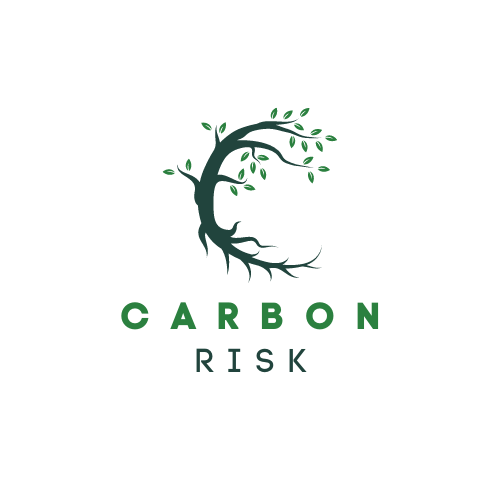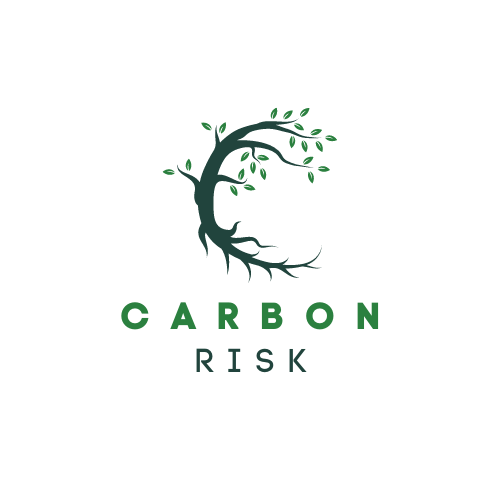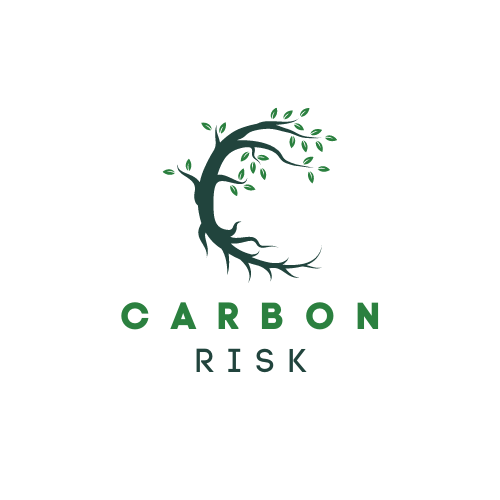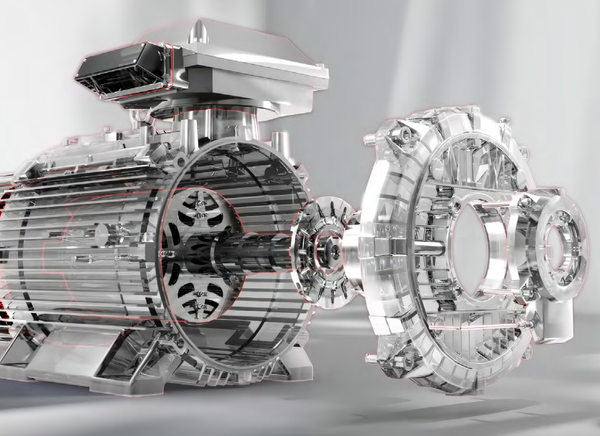How to invest in the EU carbon market
I could have used a simpler, more general title. ‘How to invest in carbon’ perhaps.
But making things too simple sometimes has its dangers. Lots of different ‘assets’ get lumped together with carbon. Too broad a definition and investors risk allocating their hard earned cash in markets that fail to deliver what they hoped for, or even worse, places that are on a completely different risk level in terms of catastrophic loss.
Instead this article is about how to invest in the largest, best regulated carbon compliance market there is. A carbon market where a wide range of options exists for investors, and the carbon market which has the most compelling asymmetric upside.
That market is the EU ETS carbon market.
All the investment products I list below have at least some exposure to the EU carbon market. The more the better. The list is broken down into two: those with 100% exposure to the EU ETS (although via very different structures), and secondly, those products that have EU ETS as a majority of AUM.
Note that every product I list below is for information purposes only. You must do your own research before you invest. As you’ll see, some of the products can only be accessed in specific parts of the world, others may have only recently launched and may suffer from being relatively illiquid, there may also be tax advantages in using one or another product, depending on where you live, while some products use very different financial instruments to track the price of EU carbon allowances - futures, physical, swaps and so on - which in some cases introduce other risks, e.g. counterparty risk.
These products are all accessible by retail investors - I’ll be updating this list every so often once new opportunities emerge. I also plan to do a separate article detailing those funds only available to institutional investors, family offices, etc.
100% EU ETS exposure
IG Index
Alternatively, investors can use the EU carbon futures market via IG Index. IG Index was originally set up in 1974 for investors who wanted to speculate on the gold market but were being stymied by the UK's exchange controls. IG is an abbreviation for Investors Gold. For some years now they have provided a spread-betting contract based on the EU carbon December futures contract.
Spread betting is an attractive option in the UK and Ireland since gains are completely tax free. Note that spread betting is illegal in some countries such as the US. Finally, as with any leveraged contract its important to be careful with your total risk exposure.
Spread betting also enables investors to short the carbon price - a topic that I will be covering in a later article.
SparkChange Physical Carbon EUA ETC (CO2)
The SparkChange Physical Carbon EUA ETC (CO2), launched on the London Stock Exchange in early November 2021. The fund enables investors to gain direct exposure to the physical carbon allowances traded on the EU ETS.
Unlike futures based investment products, this fund acts to squeeze the supply of allowances available to the rest of the market, in turn driving up the cost of the remaining allowances. Meanwhile, a physical carbon contract eliminates the basis risk from futures contract rollovers.
KraneShares European Carbon Allowance ETF (KEUA)
KraneShares launched an EU ETS specific fund in May 2021 under the symbol KEUA. With $20 million AUM, this fund is significantly smaller in size than KRBN (see below), which means investors need to be careful with the wide bid-ask spread, etc.
This fund and KRBN are both listed in the US. Although this isn’t necessarily a problem for long term investors, be aware that the EU carbon market closes at 5pm UK time (midday New York), and so KRBN/KEUA are only open for a few hours while the underlying EU carbon futures market is live.
Wisdom Tree Carbon ETC (CARB)
The Wisdom Tree Carbon ETC fund differs from those listed above in that it is an exchange traded commodity (ETC) fund backed by swaps. CARB was initially launched by ETF Securities in 2008 but was forced to close in June 2020 after its swap counterparty, Shell Trading Switzerland terminated the purchase agreement along with eight oil ETPs. The fund was relaunched in August 2021 with two counterparties, instead of only one in the previous fund.
The fund aims to track the Solactive Carbon Emission Allowances Rolling Futures Total Return Index. The Solactive Index is designed to reflect the movement in the price of the EUA futures contract. The index measures total return performance based on the futures price performance, the roll return, and the return of cash collateral such as Euro Short-term Rate (ESTR).
EU ETS majority of AUM
KraneShares Global Carbon Allowance ETF (KRBN)
The KraneShares KFA Global Carbon ETF (KRBN) is the largest carbon futures fund and tracks the performance of carbon allowances across several emissions trading schemes. It began trading in July 2020 and as of early 2022 KRBN it had ~ $1.7 billion AUM.
It is benchmarked against IHS Markit’s Global Carbon Index. Around two-thirds of the weighting is the EU ETS with the remainder mainly North American carbon markets as well as the UK’s ETS (which began trading in May 2021). The KRBN fund provides access to the EU ETS market, but the potential is diluted by the broader exposure to other carbon markets. The fund is rebalanced every November.
iPathA Series B Carbon ETN (GRN)
The iPathA Series B Carbon ETN * tracks the Barclays Global Carbon II TR USD Index. As of early 2022, the Index includes ~90% EUA futures and ~10% Certified Emission Reduction (CER) futures. CER’s are part of the Kyoto Protocol’s Clean Development Mechanism. The fund launched in September 2019. Note that exchange traded note’s (ETNs) are unsecured debt securities and so involve some counterparty risk.
Samsung KODEX Europe Carbon Allowance Futures ICE(H) ETF
The Samsung KODEX Europe Carbon Allowance Futures ICE(H) ETF launched in September 2021 and seeks to track the daily performance of the ICE EUA Carbon Futures Index. Despite the name, this fund is NOT just exposed to the EU carbon market.
The ICE EUA Carbon Futures Index consists of EUA, CCA and RGGI (Regional Greenhouse Gas Initiative) contracts based on the total dollar volume of the current year expiry [current year vintage] December contract for the six-month period ending five business days prior to the first business day of September each year. The weighting is subject to a cap of 60% for EUA and floor of 10% for RGGI.
As of early 2022, ~ 92% of AUM in the ETF tracks the ICE EUA Carbon Futures Index, while ~ 8% of the ETF is invested in the KRBN Global Carbon fund.








